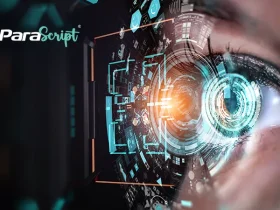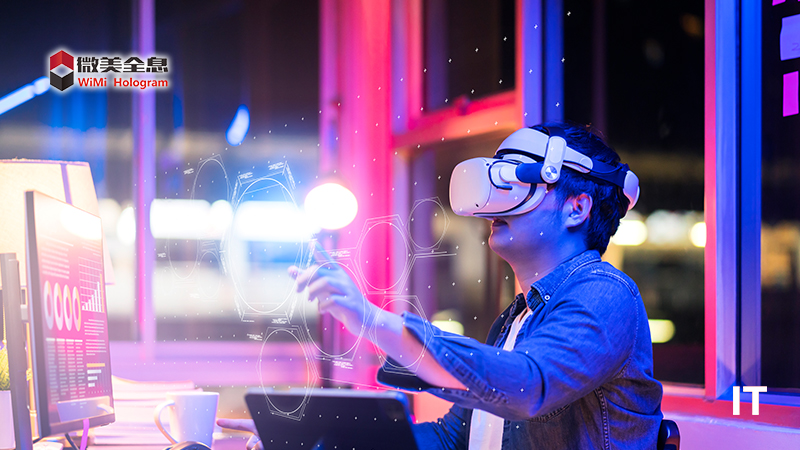WiMi Hologram Cloud Inc, a leading global Hologram Augmented Reality (“AR”) Technology provider, announced that a novel solution, deep learning-based holographic reconstruction network, has been developed that will revolutionize the way holographic images reconstruction. The technology breaks through the limitations of traditional methods by enabling noise-free image reconstruction without a priori knowledge through an end-to-end deep learning framework that can handle phase imaging as well as depth map generation. The company’s holographic reconstruction network employs a medium-depth deep residual network structure, which realizes holographic image input, feature extraction and reconstruction through three functional blocks.
First, the input module can receive an amplitude object, a phase object, or a hologram containing both parts of the object. In order to adapt to different types of inputs, the network prepares the corresponding dataset at each reconstruction and trains it independently. Next, the feature extraction module employs a medium-depth deep residual network consisting of a convolutional layer, a bulk normalization layer and a nonlinear activation layer. The introduction of residual units significantly improves the computational speed and accuracy of the network, and the repetition of residual units at multiple depths further enriches the data representation capability. Finally, the reconstruction module consists of a sub-pixel convolution layer, which enlarges the reduced intermediate image to its original size by a sub-pixel convolution method. Recovering images with original resolution greatly reduces computation and time.
At the heart of this new holographic reconstruction network of WiMi lies a deep learning approach that leverages the fitting and feature extraction capabilities of deep neural networks. The strength of deep learning lies in its flexibility and powerful training algorithms that can approximate any continuous function. Through the data-driven approach, the holographic reconstruction network can automatically learn the feature representation and reconstruction process of holographic images without relying on tedious a priori knowledge and manual operation. This brings great potential and convenience to the application of holographic technology.
Also Read: HPE Introduces Cloud Computing Service For AI Systems
The process of WiMi’s deep learning-based holographic reconstruction network is as follows:
Data preparation: First, a hologram dataset for training and testing is prepared. The dataset may include amplitude objects, phase objects, or holograms containing both amplitude and phase information.
Network training: Train the holographic reconstruction network using a prepared dataset. Train the network to generate accurate reconstructed images by using holographic images as input. During the training process, appropriate loss functions are used to measure the difference between the reconstructed image and the real image, and optimization algorithms such as gradient descent are used to update the weights and parameters of the network.
Feature extraction: In the execution phase, input the holographic image to be reconstructed. The image can be an amplitude object, a phase object, or a holographic image containing both information. Extract key features from holographic images through the feature extraction layer of the network and encode them.
SOURCE: Prnewswire

































